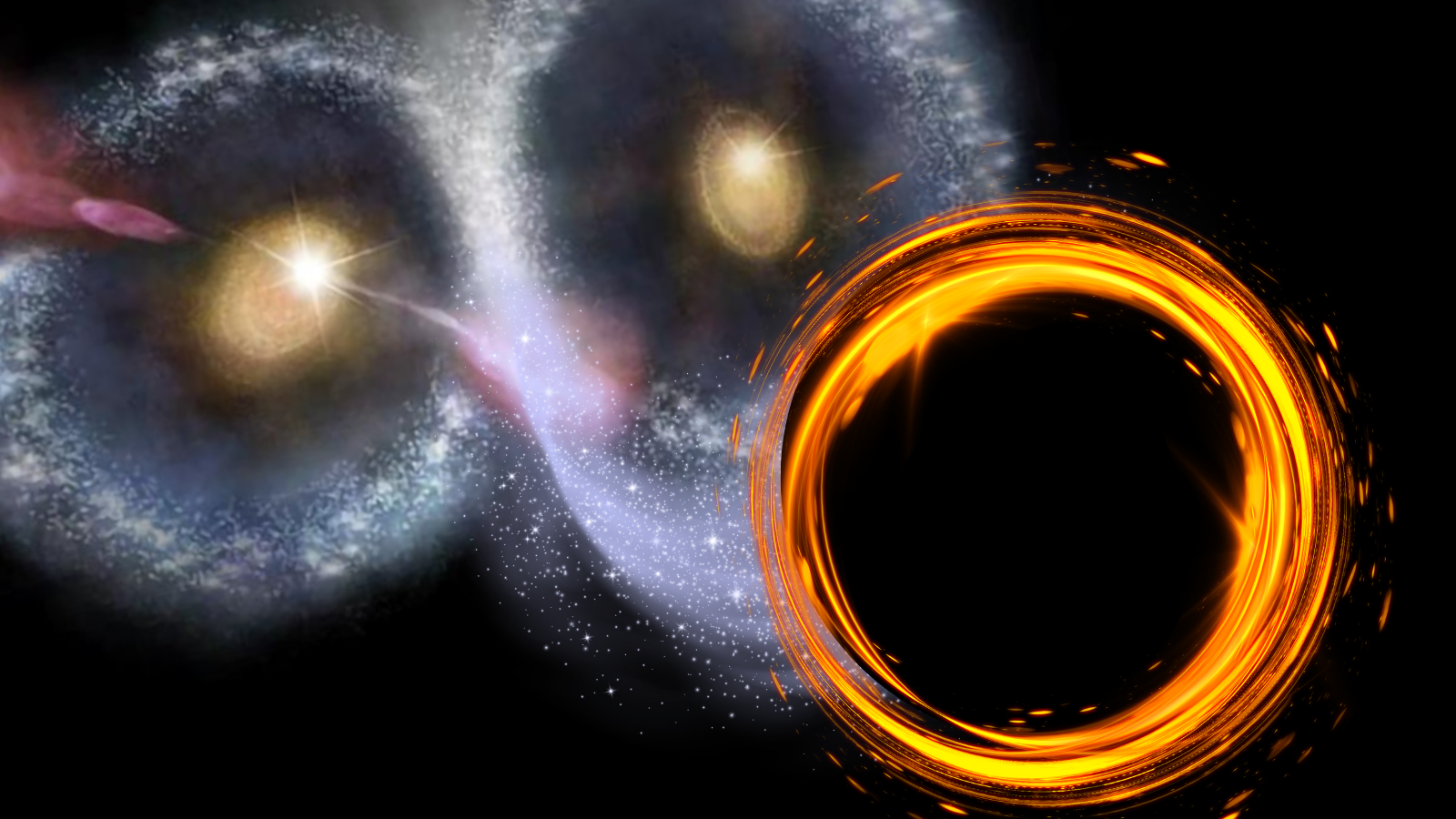'Star Trek'-style Shields for Radiation?
Deflectorshields made of ionized gas are under development by British scientists. TheseStar Trek-style shields could be turned off or on depending on solar activityor other requirements.
Astronauts who spend timein low earth orbit are mostly protected from radiation by the magnetosphere,Earth's powerful magnetic field. However, travelers to other planets will runthe risk of exposure to cancer-causing radiation from the sun and other sourcesoutside the solar system.
Accordingto Dr. Ruth Bamford, of the Rutherford AppletonLaboratory in Didcot, UK: "Youdon't need much of a magnetic field to hold off the solarwind. Youcould produce the shield 20-30 kilometers away from the spacecraft."
She presented the ideatoday at the Royal Astronomical Society National Astronomy Meeting in Preston, England.Researchers intend to create the "deflector shield" by generating amagnetic field and then filling the space around the craft with ionized gas.The magnetic field would hold the plasma in place. The same technique could beused to protect an installation on the Moon (which has no magnetosphere likethe Earth's).
Oncedeployed, energetic particles encountering the plasma would be slowed down,sparing the occupants of the space craft or Mooninstallation.The Rutherford Appleton research team plans to build an artificialmagnetosphere in the lab, and then eventually create a test satellite to seehow the idea works in space.
As far as I know, some ofthe earliest thinking about how to protect the occupants of spacecraft fromharmful radiation was done by early science fiction writers. John W.Campbell, wrote about a novel approach to theproblem more than seventy years ago - see NASA'sNew Radiation Shielding First Proposed By John W. Campbell In 1936.
And speaking of Star Trek,one of the original episodes broadcast in 1967 highlighted one of theadditional hazards of exposure to radiation in space – premature aging.See RadiationAging - The Deadly Years In Space for details.
Breaking space news, the latest updates on rocket launches, skywatching events and more!
Just last year, anengineering undergrad named Daniella Della-Giustina was awarded a NASA Advanced Concepts StudentFellows Prize for suggesting that asteroids could be used as shields. This ideaalso has science fiction antecedents; Arthur C.Clarke proposed the same basic idea in 1960. See UndergradProposes Asteroids As Radiation Shields for thedetails on her proposal.
Read more about the space shield at the Shield to block radiation.
(This ScienceFiction in the News story used with permission from Technovelgy.com - where science meetsfiction.)
Bill Christensen is the founder and editor of Technovelgy, a website dedicated to cataloguing the inventions, technology and ideas of science fiction writers. Bill is a dedicated reader of science fiction with a passion about science and the history of ideas. For 10 years, he worked as writer creating technical documentation for large companies such as Ford, Unisys and Northern Telecom and currently works to found and maintain large websites. You can see Bill's latest project on Twitter.
